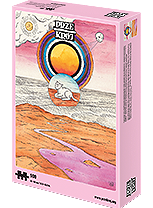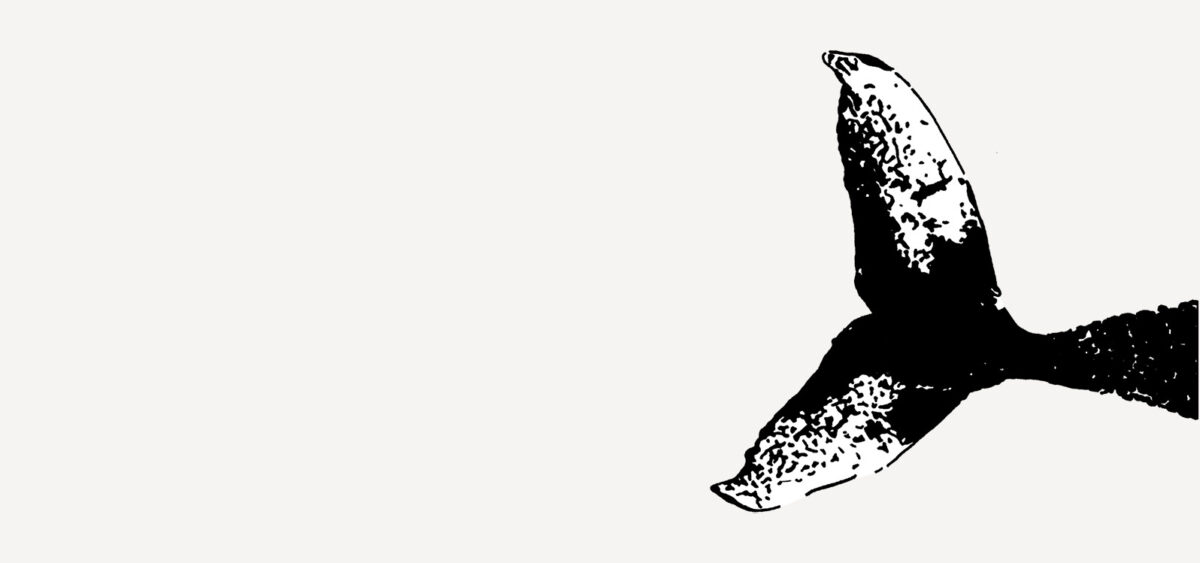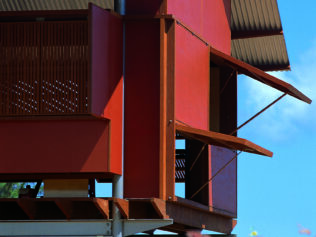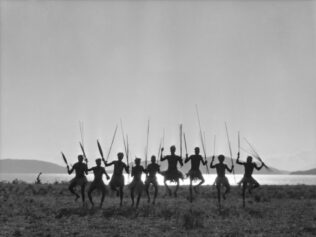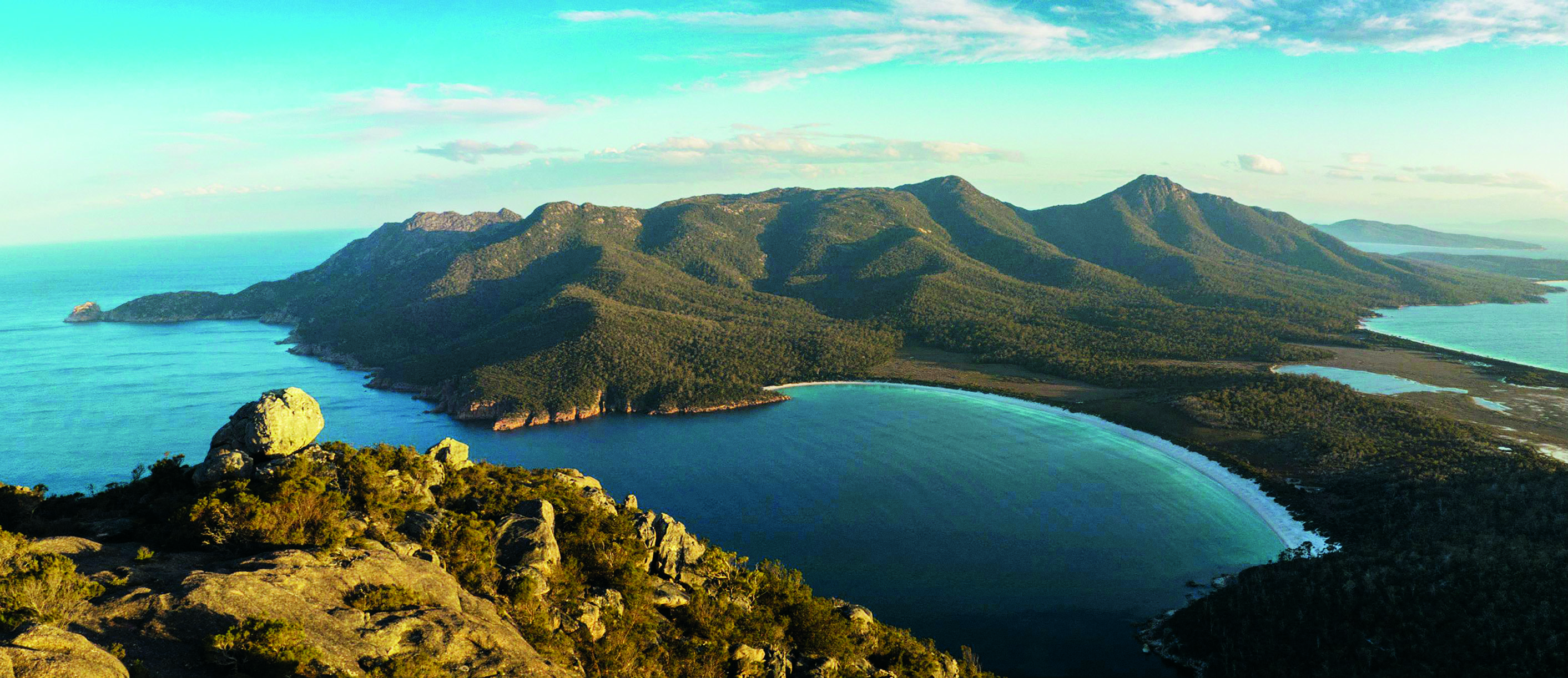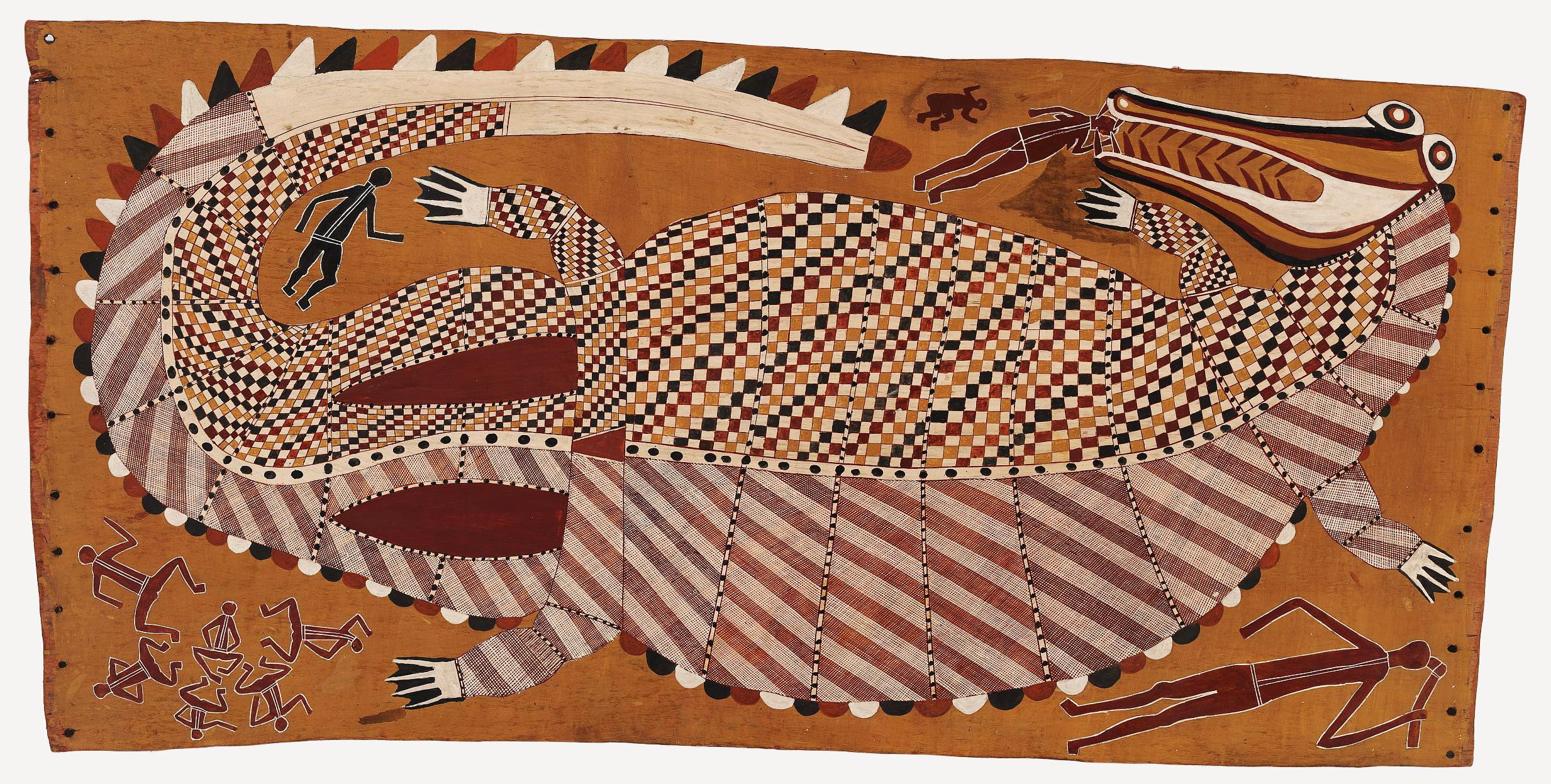
The Great Australian Bight is home to the Mirning, one of the island’s Indigenous peoples. They feel responsible for animals living there, because they believe that they are related.
According to the reasoning of the ancient Chaldeans and the Greco-Egyptian astrologers, the human body is connected to the system of planets and zodiac signs in the sky. It’s a microcosm. Blood vessels run through our body just as life-giving water channels run through the body of the Earth. Our breath is like air, and the warmth of the human body is like the ‘inner heat’ of the Earth (as was commonly believed in mediaeval Europe). In the 18th century, scholars from The Royal Society in London argued that the Earth is an expanded human organism.
In the 1970s, astronomer Carl Sagan explained that our DNA contains the same material that stars are made of; in 2010, Chris Impey, professor of astronomy at the University of Arizona, attempted to prove that 97% of our body matter comes from ancient stars. Yet for about 65,000 years, or ever since Dreamtime, Indigenous Australians have believed that humans have their origins in the stars. The Mirning people, who inhabit the coast of the Great Australian Bight, have been singing for generations about the great white whale, Jeedara, which descended to Earth from the Milky Way. Then it wandered around the world and left its traces, which today are holy places. The stars known as the Seven Sisters fell in love with Jeedara and gave birth to the Mirning.
***
It is hard to make contact with Indigenous Australians if you are a white person, and especially a white Australian journalist. Given the history of genocide in Australia, I’m not surprised at all. It was easier with Uncle Bunna, a guide of the Mirning people. He explained that this is because his clan has long respected the law of the whale, i.e., the laws of goonminyerra, stating that one must be friendly. “When the first whites appeared,” said Uncle Bunna, “the Mirning guessed they were hungry and thirsty, and shared water and food with them. When the European boats arrived, our people thought they were boorgas, or ghosts.”
Kooniba is located near the town of Ceduna. For a European, this might seem like the edge of the world. From the north, there are the endless dry lowlands of the Nullarbor with the world’s largest underground network of limestone caves. From the south, you can see the endless blue of the Great Australian Bight, known for its massive waves and dangerous sailing conditions.
For the Mirning, this is the centre of the world. They know every rock, potable water reservoir, all plants and animals. For thousands of years, they have been singing the map of the whale’s makers. They obey the most important law – not to change anything in nature, because everything is one.
Jeedara’s children
“The white stripes on the bellies of humpback whales were created when the Jeedara whale crawled against sharp rocks, creating the world,” says Uncle Bunna. “We are Jeedara’s children, so I paint my body in white stripes, as my grandfather used to do. Like him, with a plume on his head, I dance the whale dance and I sing. And the sea creatures are swimming so close to me that I can touch them.
“When I was a child, my grandmother used to tell me that my grandfather would dance and sing in the Mirning language and whales would approach him. ‘That’s impossible!’ I laughed. One day my grandmother said: ‘Your grandfather’s spirit is with you.’ Then I realized that I had to look after and protect these animals.”
***
The Great Australian Bight is one of the least human-impacted places on Earth. According to scientists from the Australian government agency CSIRO, 85% of the marine creatures living there can be found nowhere else in the world; 300 entirely new species of animals have been discovered there. The longest cliffs in the world – the Bunda Cliffs, about 100-metres high and stretching for about 100 kilometres – are a safe haven for endangered North Atlantic whales. Every winter, mothers and calves come here to feed their young until they gain enough weight, before returning to the Antarctic coast. The bay’s fisheries are worth around AU$400-500 million a year, and regional tourism brings in around AU$1.2 billion (according to data from 2012–2013). Despite this, since the 1960s, the Australian government has allowed fossil fuel giants to search for oil in the region. In 2011, a permit was granted to BP, which planned to build a platform in the middle of the bay known as the Great White. The investment cost was AU$750 million, and the drilling depth was planned to be five kilometres. Both Chevron and Equinor had similar intentions.
For years, Uncle Bunna and environmentalists from the Great Australian Bight Alliance have been campaigning to protect the bay. In their activities, they recall the disaster in the Gulf of Mexico, where BP spilled around 800 million litres of oil and killed nearly 800,000 birds, nearly 75,000 cetaceans and dolphins, and millions of fish. To demonstrate the threat of the proposed extraction, environmentalists from The Wilderness Society constructed a model of the oil spill. They showed that if such an incident occurred, the entire south coast of Australia would be contaminated.
“The only way to protect coastal communities, the Great Australian Bight, and its unique biosphere is to eliminate drilling once and for all,” said David Ritter, head of Greenpeace Australia Pacific. That is why Uncle Bunna and Australian environmentalists continue their fight.
A treasured legacy
“Do you know what our maps are? They’re here.” Uncle Bunna points to his head. “The map is a whale song that runs along the coast, is shaped like a yerrimbai, or a great rainbow, and begins 1600 kilometres from here in Venus Bay. On the song’s trail, we know every drinking water source, every mountain, every hunting ground that Jeedara has created.
“From generation to generation, we pass on stories of our ancestors who travelled on foot through the area of today’s Great Australian Bight in search of ochre. Back then it was a vast plain. Huge animals – megafauna – lived there together with humans.
“We talk about the first ships and the Dutch who called our country the Land of Pieter Nuyts. We talk about whales that ventured into the crevices and underwater caves of the Bunda Cliffs during high tide. And when they couldn’t sing, our people looked after them.
“For centuries, the Mirning has made canoes from the bark of the yurloo tree (paperbark tree). They went far out to catch fish, casting nets woven of grass and animal skins. To find crabs they entered the bottlenecks of sea caves. They placed stone traps on the shores, and when the tide was low and the fish could not return to the sea, they threw spears at them. Yau – that’s what we used to call people who dived deep for shrimp, lobster, oysters, abalone and scallops. In our language, we have words for all the sea creatures. For centuries, we were self-sufficient, we lacked nothing. The Great Australian Bight is home to the Mirning. We are related to whales – so how could we not protect our loved ones or keep our home clean?
“As long as there are oil deposits under the ocean, people will try to secure and sell them. We know that the government will grant another licence to explore and extract this resource. We want to block these attempts; we are striving to put the Great Australian Bight on the World Heritage List to ensure that this place is strictly protected.”
Hope for the future
“What does it mean to be mabarn bai, or a medicine man? When someone falls ill – for example, they have cancer – I help them, give them strength, and then I simultaneously receive energy that will heal me. The plagues of Indigenous communities are alcohol, drugs, violence and suicide. Our young people give up because they don’t have the right skin colour. When I sing the song Black Boy – written by the band Coloured Stone in the 1980s – I give young people hope. Children come to us, and they sing it too, they know the words because they learned them from their parents. They tell me: ‘Thanks, Uncle Bunna, this song has changed my life. I found a job, I play in a band, and I have something to live for.’
“Together with the older Mirning, we teach children about rights and songs. Do they want to learn? Yes! We take them far away into the wilderness and dance there. They love it and they keep talking about it. The name Mirning means ‘to listen, observe, learn, understand’. For us, our land is a university, museum, education. We want our rights to the Mirning land to be legalized, so we are raising money to pay for lawyers and anthropologists who will provide evidence in court that we are its traditional owners.
“Will white Australians learn from the Indigenous people how to heal nature? After devastating bushfires, Australians are slowly opening up to us. But most are too proud to learn from the Black. They have yet to understand that the blackfella is one with the land and the sea.”
***
I agreed to meet Uncle Bunna in the winter. From June onwards, mothers and calves will gather in the Bight, and the Mirning will begin their annual family reunion celebration.
You can contribute to the protection of the Great Australian Bight and the redemption of rights to their land by the Mirning people here.
Translated from the Polish by Joanna Figiel

